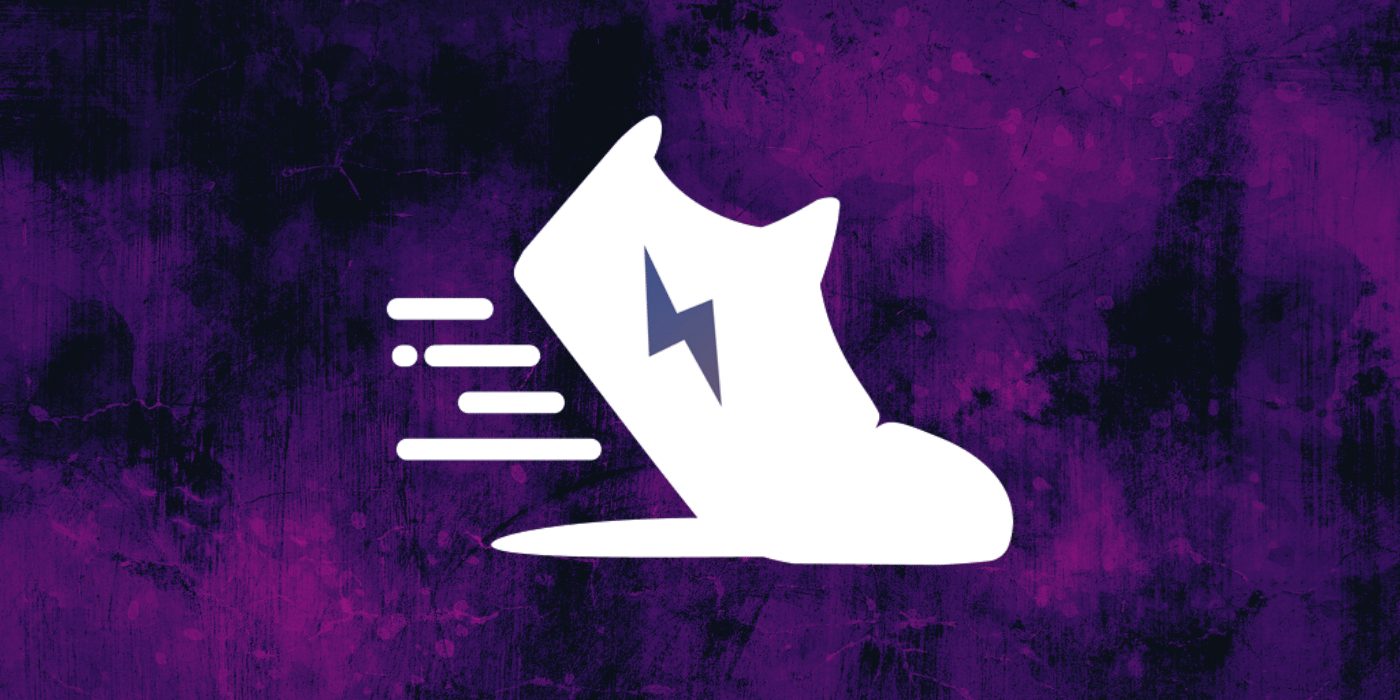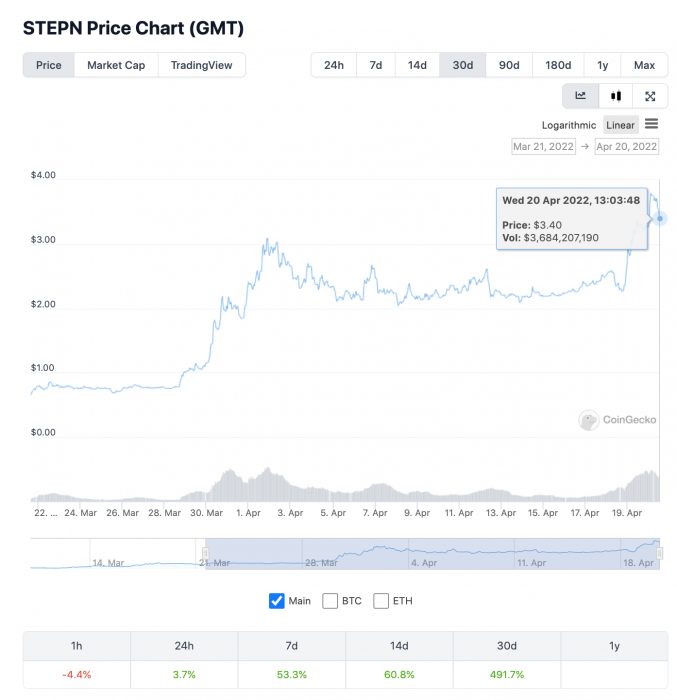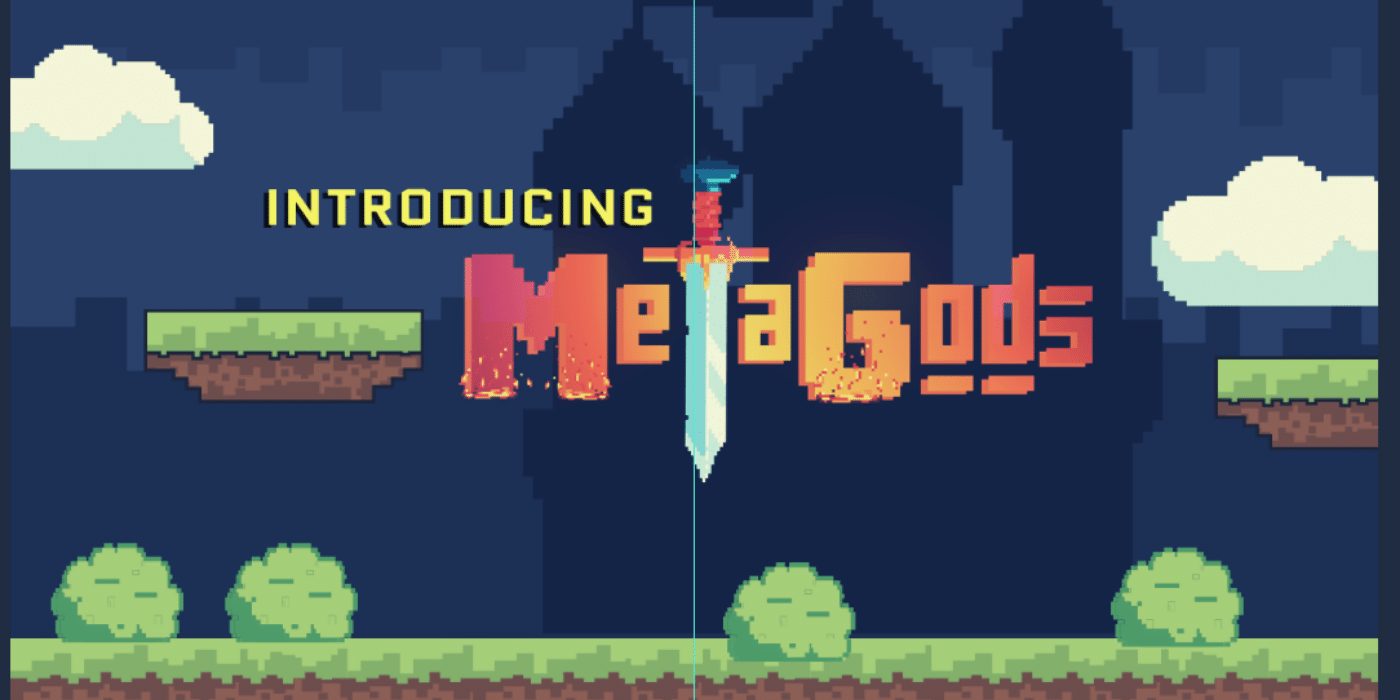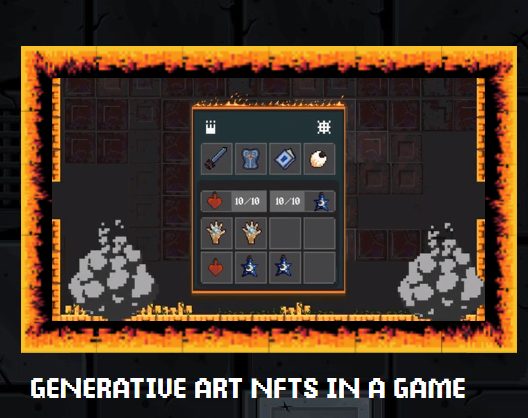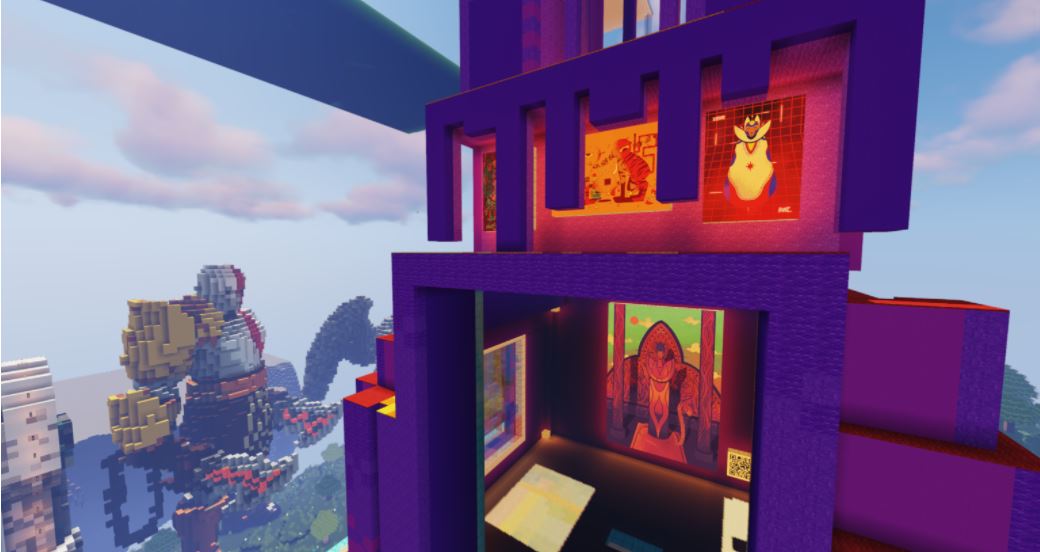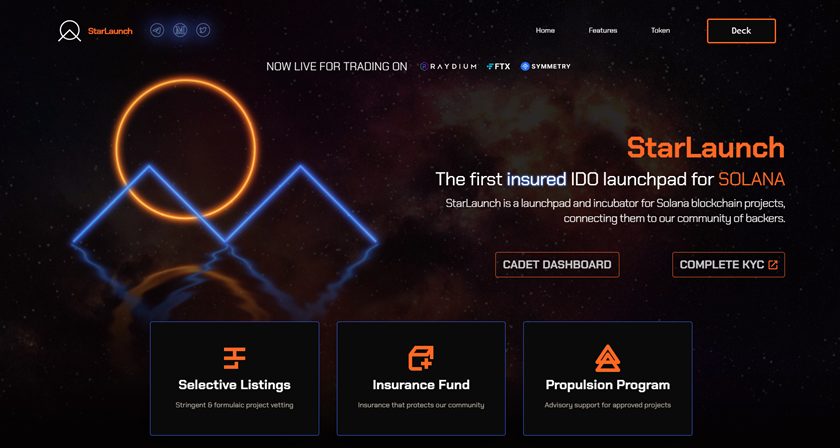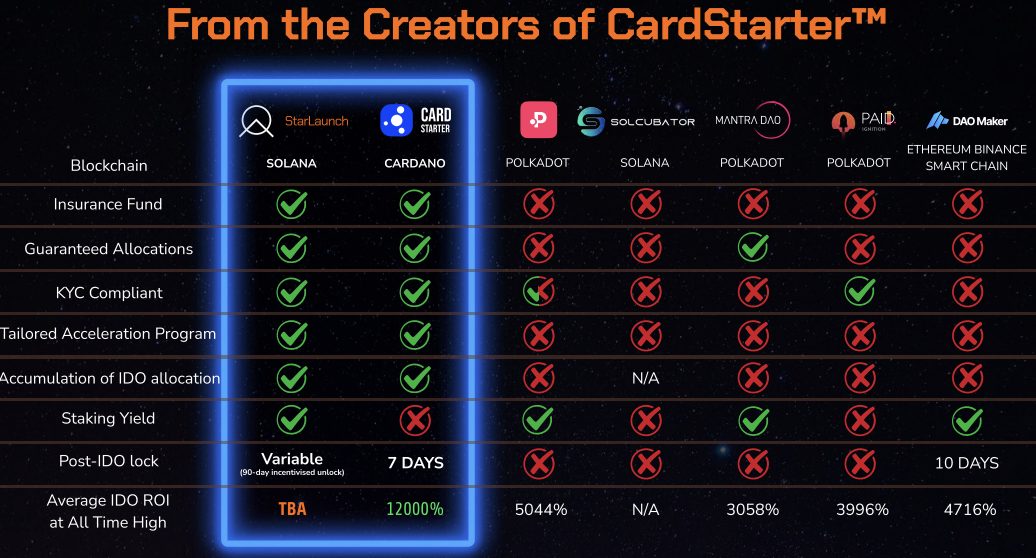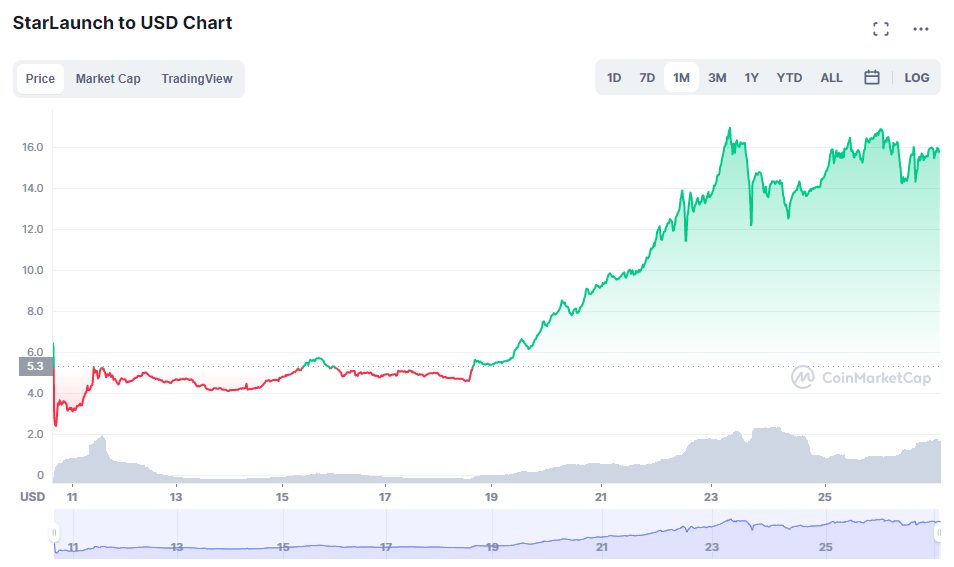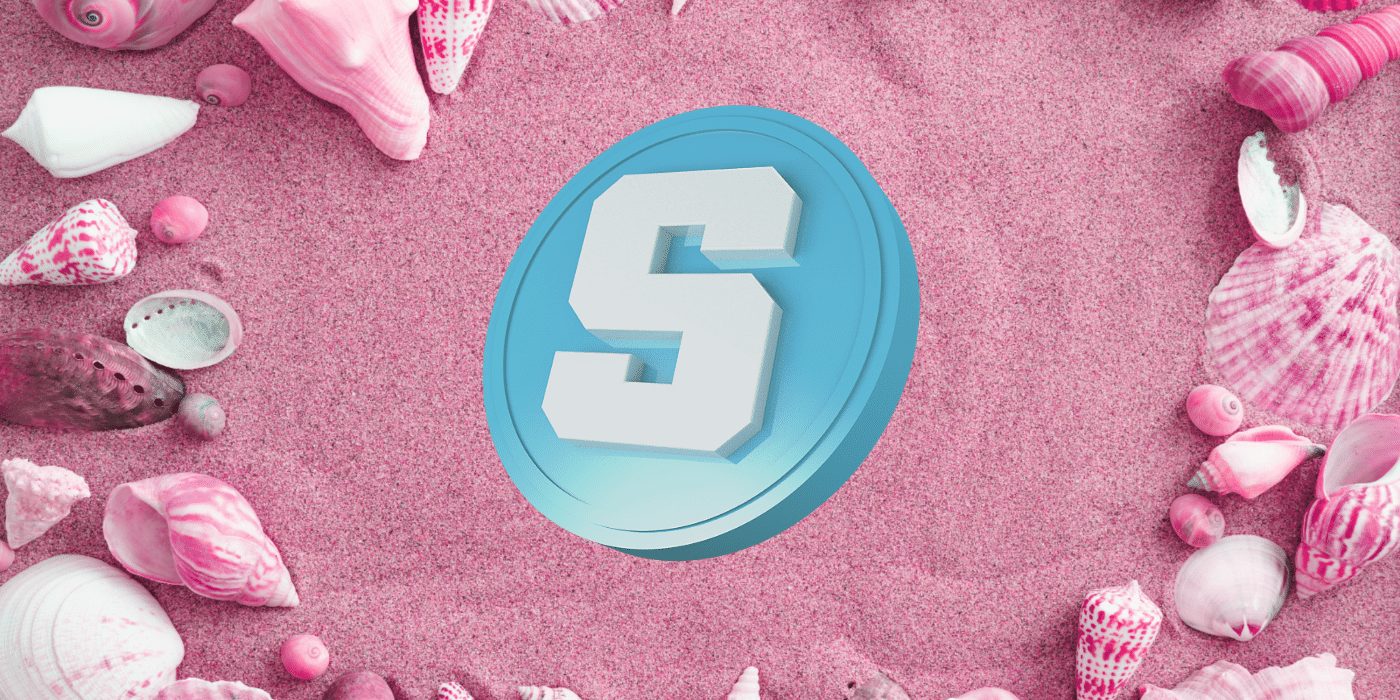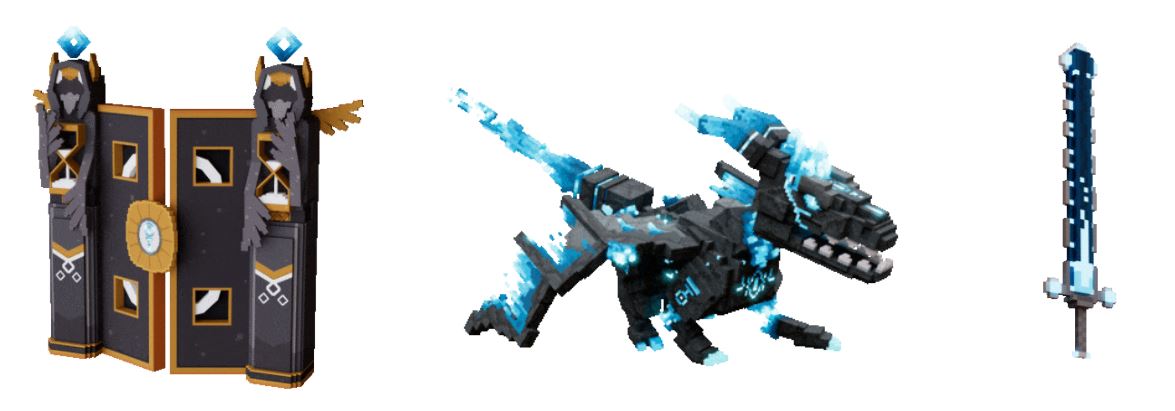Blockchain security watchdog PeckShield has posted a warning on its Twitter account cautioning all users of fitness app STEPN that it has “detected a bath of @Stepnofficial phishing sites”. These sites contain a fake MetaMask browser extension and are stealing people’s crypto:
Hacks Growing in Step with STEPN
The fitness-based app is the latest prime target for scammers across the web. The STEPN community is growing rapidly, as more and more users sign up everyday and download the app. This has created the perfect sea for hackers to cast their nets wide and lure their prey through fugazi phishing sites. Fake STEPN websites are popping up everywhere and setting off alarm bells at PeckShield Alert.
Scammers have been stealing crypto after tricking users into entering their seed phrases into dodgy MetaMask wallets. Another scenario is where users are fooled into connecting their real wallet to a bad actor’s site under the guise of claiming a “giveaway”.
PeckShield provides a popular resource for the crypto community to keep up-to-date with the most recent hacks and phishing scams. Due to its recent surge in popularity, the STEPN platform has become a focus for scammers.
STEPN Overtakes Axie in Google Searches
STEPN, whose move-to-earn token has soared 217x in 2022, is a decentralised application (dApp) powered by the Solana blockchain. Following the success of the hugely popular play-to-earn game Axie Infinity, “STEPN” has been searched for more times around the world than the term “Axie”, according to Google statistics.
STEPN’s appeal is easy to understand – who wouldn’t want to get paid in Solana for going for walks and runs? As the game’s community continues to grow, and more users download the STEPN app, unfortunately so does activity from seasoned hackers.
Warning: Do Not Connect Wallets to Fake STEPN Websites
STEPN has only one official website. Do not visit or connect your wallet to any other fake site, even if it resembles the official STEPN branding. These fake phishing websites can look very similar and, in many cases, almost identical to the real thing. Always double-check you are on the official website and minimise making any costly mistakes by accessing the STEPN platform only through links via the official STEPN website, or associated social accounts.


